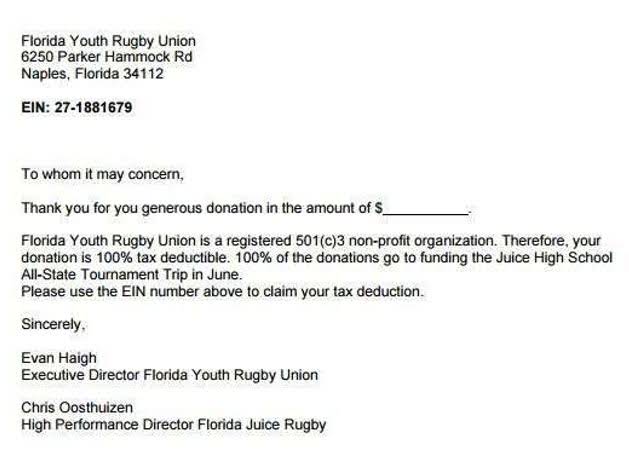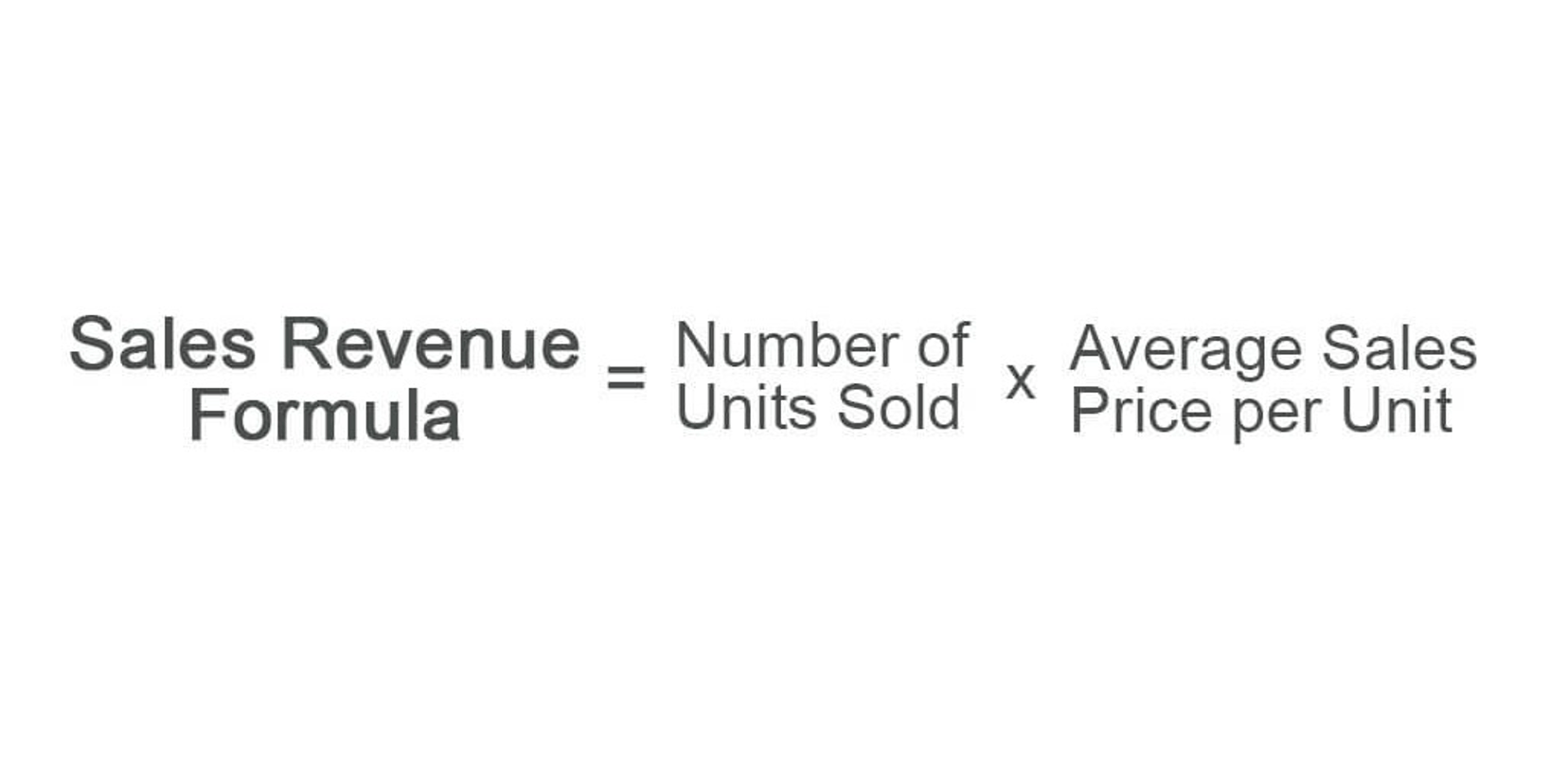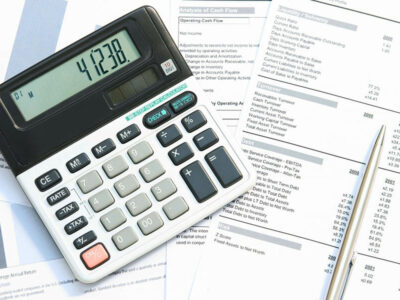
Outstanding shares play a crucial role in determining a company’s market capitalization, a key metric for investors assessing a firm’s overall value. The market cap is calculated by multiplying the current market price per share by the total number of outstanding shares. This metric provides investors with insights into a company’s size and relative importance within the market. On the other hand, float stock refers to the quantity of publicly-tradable shares of a company’s stock.
What are Outstanding Shares?
In fact, Home Depot’s 68% figure puts it in the top 3% of the 500 companies that make up the S&P 500 index. For information pertaining to the registration status of 11 Financial, please contact the state securities regulators for those states in which 11 Financial maintains a registration shares outstanding formula filing. Thus, the situation during the year was equivalent to having 111,000 shares outstanding throughout the year.

What are the different Types of Shares a Company can Issue?
- In the equity section of the balance sheet, you might see common stock listed with a value like $1,000,000, and a note indicating that this represents 100 million shares.
- The company determines the maximum number of shares it can issue, when creating a company.
- The company issued fewer shares than it was authorized to issue, which is 316,569,578 shares.
- We may earn a commission when you click on a link or make a purchase through the links on our site.
- You can calculate the outstanding shares using two numbers – the total number of shares issued by the company and treasury shares held by the company’s investors.
- Outstanding shares estimate other financial metrics, such as book value per share.
Evaluating the trend of this number provides useful insights to investors. Therefore, the shares outstanding after that date (and retired on 1 Bookkeeping for Veterinarians September) are not the same as those that existed prior to that date. Consequently, the generally accepted accounting principles (GAAP) require the use of an average number of shares outstanding as the starting point for all denominators. A publicly-traded company can directly influence how many shares it has outstanding. However, due to the fluctuations in share counts between reporting periods, the figure is typically expressed as a weighted average.
💡 Expert-Led Sessions📊 Build Financial Models⏳ 60+ Hours Learning

The company either issues new shares in an initial public offering (IPO) or sells additional shares in a secondary offering. The company’s board of directors normally controls the issuing and management of outstanding shares, subject to the appropriate securities authorities’ regulations and reporting obligations. A stock split occurs when a company increases the number of its outstanding shares without changing its overall market cap or value.

Redeemable shares give an option to the company to repurchase its own stock if it needs to reduce the number of outstanding shares or change its capital structure. Preferred shares can be a smart investment for those searching for a consistent income source and are ready to accept lower potential profits in exchange for lower volatility. They are not appropriate for investors seeking strong growth potential or a say in company decisions.
How to Use Outstanding Shares Information

For example, the price-to-earnings (P/E) ratio calculates how much investors are paying for $1 of a company’s earnings by dividing the company’s share price by its EPS. The term shares outstanding is defined as the total number of shares a company has issued to date, after subtracting the number of shares repurchased. Explore how corporations authorize and gross vs net calculate issued shares through market cap and balance sheet methods.
- Of course, merely increasing the number of outstanding shares is no guarantee of success; the company has to deliver consistent earnings growth as well.
- The number of outstanding shares can change over time due to 6 main factors.
- If you are an investor, this figure will enable you to determine how a company has performed on a per-share basis compared to the competition within the industry.
- It is a crucial indicator for evaluating the market capitalization of the company and the possible influence of changes in the share price on the company’s overall value.
- A reverse stock split exchanges existing shares for a proportionately smaller number of new shares.
- When this takes place, a company’s outstanding shares increase, and a higher degree of liquidity results.
To Ensure One Vote Per Person, Please Include the Following Info
Thus, the denominator is expressed in terms of the type of common share that exists at the time the financial statements are released, rather than the type that exists when the earnings were achieved. Consequently, the treatment of stock dividends and splits is different from the treatment used for issuances of shares in exchange for assets or services. Here’s how to find and calculate the amount of preferred stock outstanding from a company’s balance sheet. Another metric calculated using shares outstanding is the price-to-book (P/B) ratio.
Everything You Need To Master Financial Modeling
The primary difference between outstanding and float stock is that outstanding shares include all issued shares of a company’s stock, whereas float stock only comprises publicly traded shares. Investors often use float stock to assess a company’s liquidity and the ease its shares trade on the market. The number of shares of common stock outstanding is shown in the stockholders’ equity section of the balance sheet. It is worth noting that some companies may choose to list the number of common stock or shares outstanding. And if there is no treasury stock, the number of issued shares will be equal to the number of common stock outstanding.
- Different scenarios for calculating the weighted average of outstanding shares are shown in the following examples.
- We will also try to understand what authorized shares, issued shares, and treasury stocks mean.
- 600 shares are issued as floating shares to the general public, 200 are issued as restricted shares to company insiders, and 200 are kept in the company’s treasury.
- All of our content is based on objective analysis, and the opinions are our own.
- That’s because shares are typically purchased at a substantial premium to the carrying value of equity on a company’s books.
- Preferred shares can be a smart investment for those searching for a consistent income source and are ready to accept lower potential profits in exchange for lower volatility.
Shares outstanding vs float
- Consistently high rates of return on equity are unusual in the business world.
- Outstanding shares include share blocks held by institutional investors and restricted shares owned by the company’s officers and insiders.
- Deferred shares usually gives them less power to vote and a lower priority for dividend payments than common shares or preferred shares.
- The shares available to investors on the open market are commonly called the float.
- A company considers the total amount of shares it has authorized to issue and has issued to shareholders, including both outstanding and treasury shares, as issued shares.
- Knowing a company’s number of shares outstanding is key when calculating critical financial metrics and determining share value as a portion of ownership.
This investor will get $100 (1,000 shares X $0.10) in dividends if the company announces a $0.10 per share dividend. Below is the snapshot of the shareholder’s equity section for the company AK Steel. The company reports in its quarterly filling the information for its common stocks. Let us understand the different types of outstanding shares equation through the explanation below. Let us understand the formula that shall act as the basis of our understanding and the formation of the outstanding shares equation through the discussion below.
Comments are closed